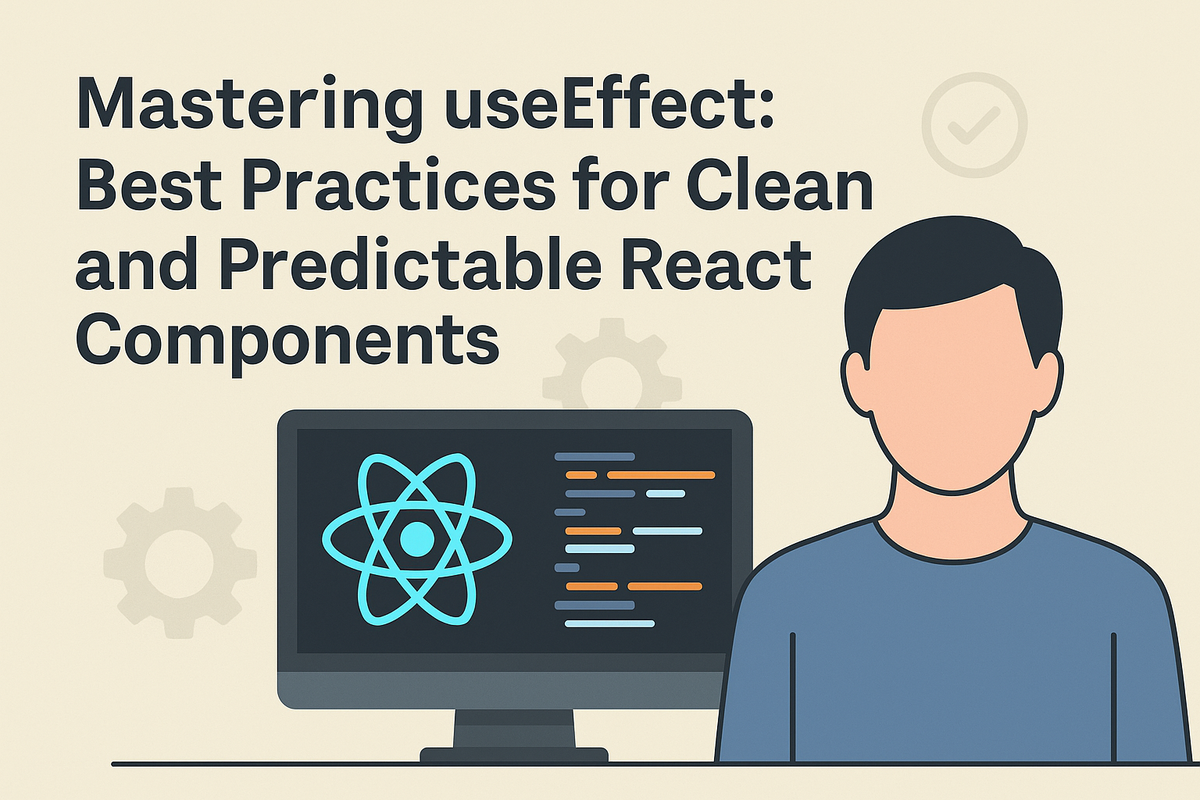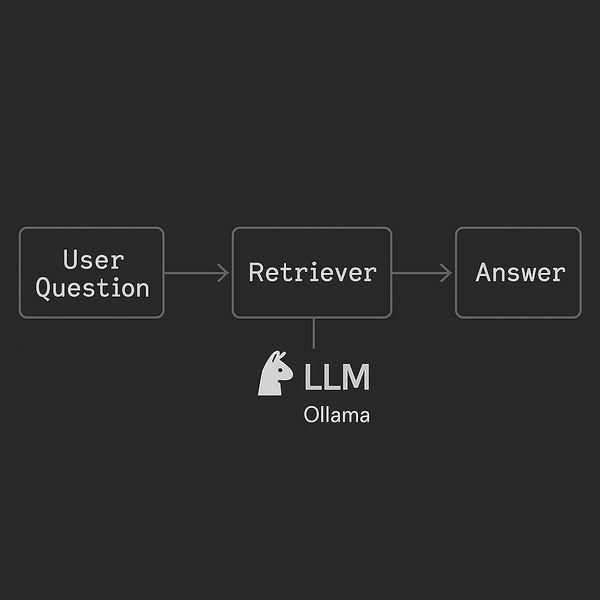Mastering useEffect: Best Practices for Clean and Predictable React Components
Learn how to use useEffect the right way in React. This guide covers best practices, common pitfalls, and practical tips to keep your components clean, predictable, and bug-free.

React’s useEffect hook is one of the most commonly used — and most misused — tools in the React ecosystem. While it unlocks powerful lifecycle behavior in function components, using it incorrectly can lead to bugs, performance issues, and hard-to-maintain code.
In this post, we’ll go over the most important best practices to follow when working with useEffect, including practical examples and real-world advice.
📌 1. Only Use useEffect When You Need a Side Effect
The name says it all — useEffect is for side effects. These are things that happen outside the normal flow of rendering, like:
- Fetching data
- Subscribing to an event
- Updating the DOM
- Setting up a timer or interval
If you're using useEffect to update state based on props or something already in render scope, you might not need it at all.
❌ Example of Misuse:
useEffect(() => {
setUser(props.user);
}, [props.user]);
Instead, just use props.user directly inside render — there's no side effect here.
🧼 2. Always Declare Your Dependencies Correctly
This is probably the most common mistake with useEffect.
React uses the dependency array to decide when the effect should re-run. Leaving out dependencies can cause stale values or inconsistent behavior.
✅ Correct:
useEffect(() => {
fetchData(userId);
}, [userId]);
❌ Incorrect:
useEffect(() => {
fetchData(userId);
}, []);
If you're tempted to leave the array empty just to avoid re-renders — pause. You might be introducing bugs.
🔄 3. Clean Up After Yourself
When your effect creates something like a subscription or a timer, it should clean it up when the component unmounts or the dependencies change.
useEffect(() => {
const id = setInterval(() => {
console.log('tick');
}, 1000);
return () => clearInterval(id);
}, []);
This prevents memory leaks and unexpected behavior.
🪝 4. Avoid Nesting useEffect Inside Conditionals
useEffect should always be called unconditionally and in the top-level body of your component. Don’t wrap it in if statements or inside functions.
❌ Bad:
if (user) {
useEffect(() => {
fetchData(user.id);
}, [user]);
}
✅ Good:
useEffect(() => {
if (user) {
fetchData(user.id);
}
}, [user]);
React relies on hooks always being called in the same order — conditionally calling them breaks this rule.
🧠 5. Don’t Abuse useEffect for Data Transformation
If you just need to compute a value based on props or state, use useMemo or just do it inline. useEffect should be for things with external effects — like network requests, subscriptions, etc.
❌ Bad:
useEffect(() => {
const updated = items.filter(i => i.active);
setFilteredItems(updated);
}, [items]);
✅ Better:
const filteredItems = useMemo(() => {
return items.filter(i => i.active);
}, [items]);
Or just calculate it directly in render if it's lightweight.
🔁 6. Understand the Difference Between Mount and Update
If you only want an effect to run once on mount (like componentDidMount), use an empty dependency array:
useEffect(() => {
console.log('runs once on mount');
}, []);
But if you're watching a value like userId, your effect will run on mount and whenever userId changes.
If you need more fine-grained control (e.g., you want to skip the first run), you might need a flag:
const didMount = useRef(false);
useEffect(() => {
if (didMount.current) {
console.log('runs on updates only');
} else {
didMount.current = true;
}
}, [someValue]);
✅ Summary: Best Practices Checklist
- ✅ Use useEffect for side effects, not pure logic
- ✅ Declare all dependencies correctly
- ✅ Clean up any subscriptions or timers
- ✅ Never call useEffect conditionally
- ✅ Prefer useMemo or inline code for derived data
- ✅ Know when you're running on mount vs. update
✍️ Final Thoughts
useEffect is essential for managing side effects in modern React apps, but it requires discipline to use well. By following these best practices, you’ll avoid a ton of bugs and keep your components predictable and easy to debug.
Got any other useEffect tips or anti-patterns? Drop them in the comments — let’s make React code cleaner, together.




